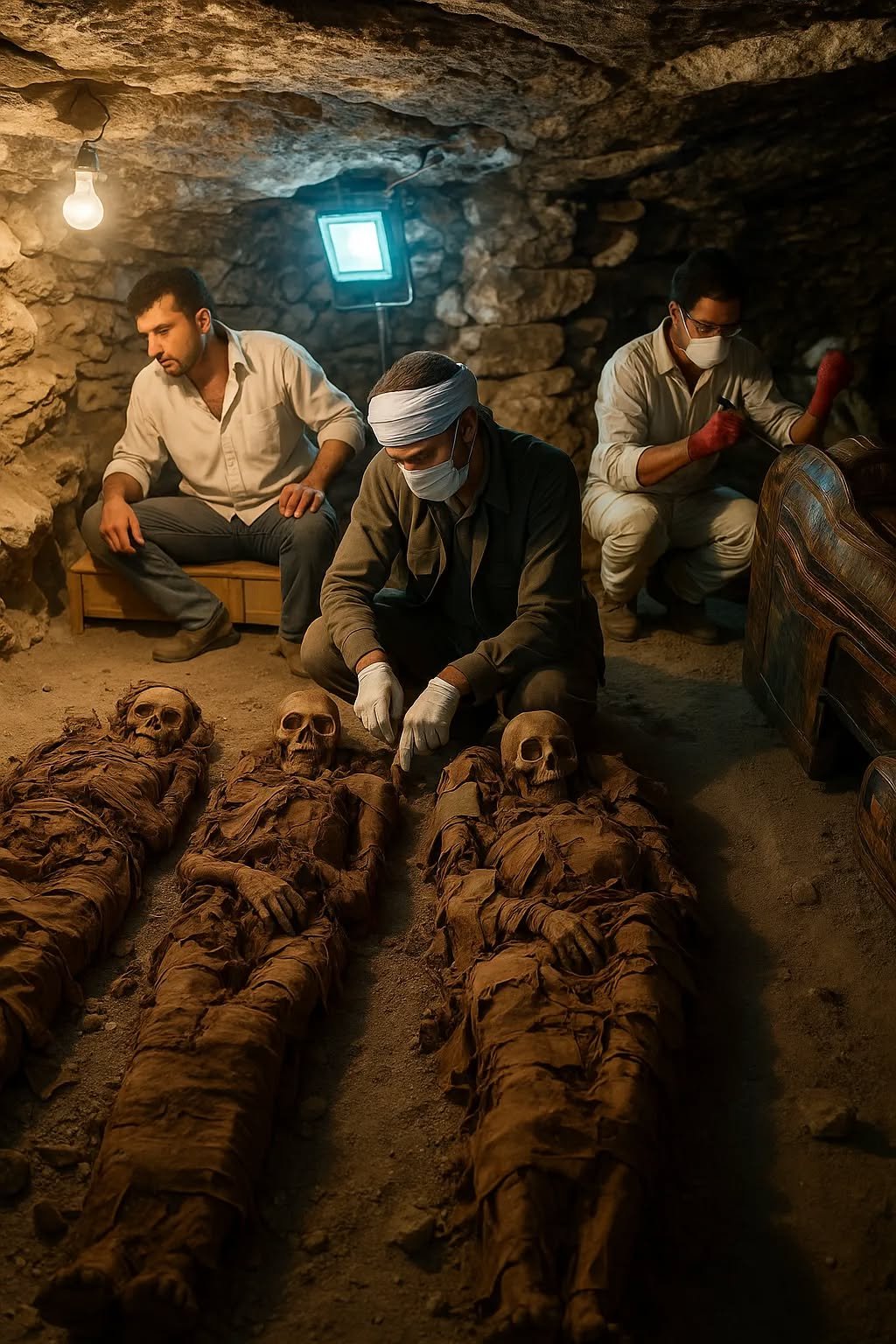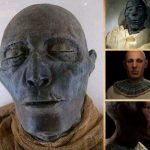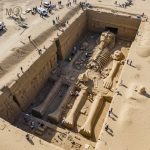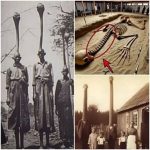Luxor’s Timeless Goldsmiths: A Glimpse Into Ancient Egypt

Beneath the ever-shifting sands of Luxor, archaeologists have uncovered a remarkable 3,500-year-old tomb, preserving the statues of a royal goldsmith and his wife. Unlike the pharaohs and rulers whose lives dominate historical records, this tomb offers a rare glimpse into the daily life, artistry, and devotion of ordinary yet extraordinary individuals who contributed to ancient Egypt’s enduring legacy. The discovery sheds light on the cultural, artistic, and social environment of one of history’s most iconic civilizations.
The Discovery

The tomb, located in a previously unexplored section of Luxor, was discovered under layers of sand and sediment that had preserved the site for millennia. Archaeologists were immediately struck by the exceptional craftsmanship of the statues. Each figure, meticulously carved in stone, displays intricate details—from facial features and hairstyles to clothing and jewelry—offering an intimate portrait of life in the New Kingdom period.
Alongside the statues, researchers found tools, personal items, and objects associated with the craft of goldsmithing, highlighting the professional identity of the tomb’s occupant. The presence of the wife’s statue alongside the goldsmith emphasizes familial devotion, reflecting social and cultural norms of the time.
Insights Into Ancient Egyptian Craftsmanship
The tomb provides invaluable insight into the skills and techniques of ancient Egyptian artisans. The goldsmith’s tools, coupled with depictions of intricate jewelry and ceremonial objects, demonstrate a sophisticated understanding of metallurgy, design, and precision. Such artifacts reveal how craft was not merely utilitarian but deeply intertwined with religious and social expression.
The inclusion of personal objects and symbolic items within the tomb reflects the Egyptians’ beliefs about the afterlife. By burying the goldsmith and his wife with tools of their trade, the society ensured that they could continue their craft in the next world, illustrating the profound integration of professional identity and spiritual practice.
Cultural and Historical Significance

Luxor, a city steeped in ancient Egyptian history, has yielded many royal tombs and monumental temples, but discoveries like this one provide a unique perspective on non-royal individuals who helped sustain and enrich the culture. The preservation of the goldsmith’s tomb underscores the importance of artisans in maintaining the empire’s artistic and ceremonial traditions.
The statues also reveal insights into fashion, social hierarchy, and domestic life. The attention to detail in clothing, posture, and facial expressions suggests a society deeply attentive to personal identity and status, even among skilled professionals outside the royal family.
Conclusion
The discovery of the royal goldsmith and his wife in Luxor offers an extraordinary window into the lives of ancient Egyptian artisans. Through meticulously crafted statues, tools, and ceremonial objects, we gain insight into their skill, devotion, and social significance. The tomb illuminates the profound connection between professional identity, family, and spiritual belief in New Kingdom Egypt. As researchers continue to study the site, this find enriches our understanding of history, artistry, and the enduring legacy of those who shaped one of the world’s greatest civilizations.











